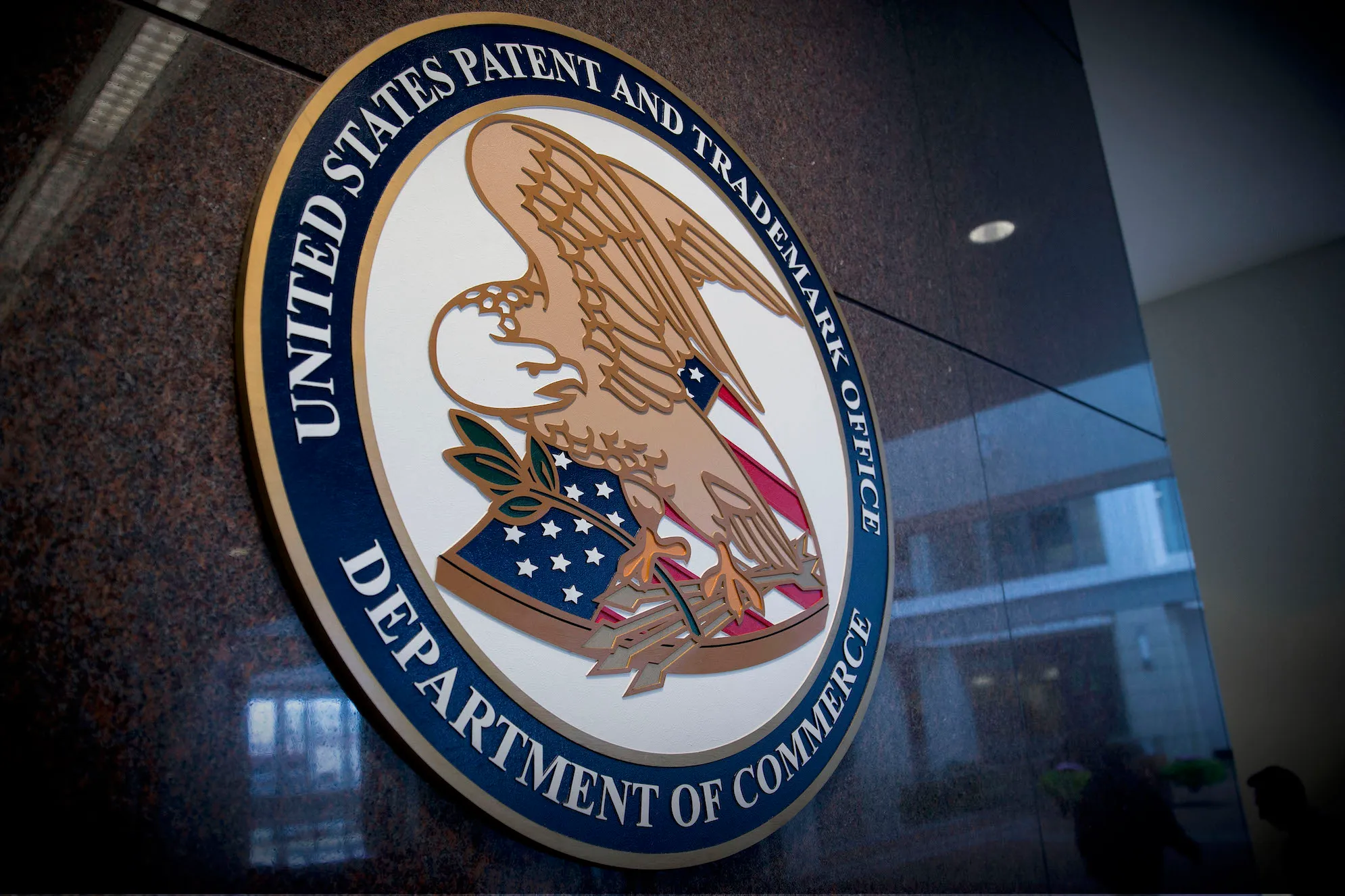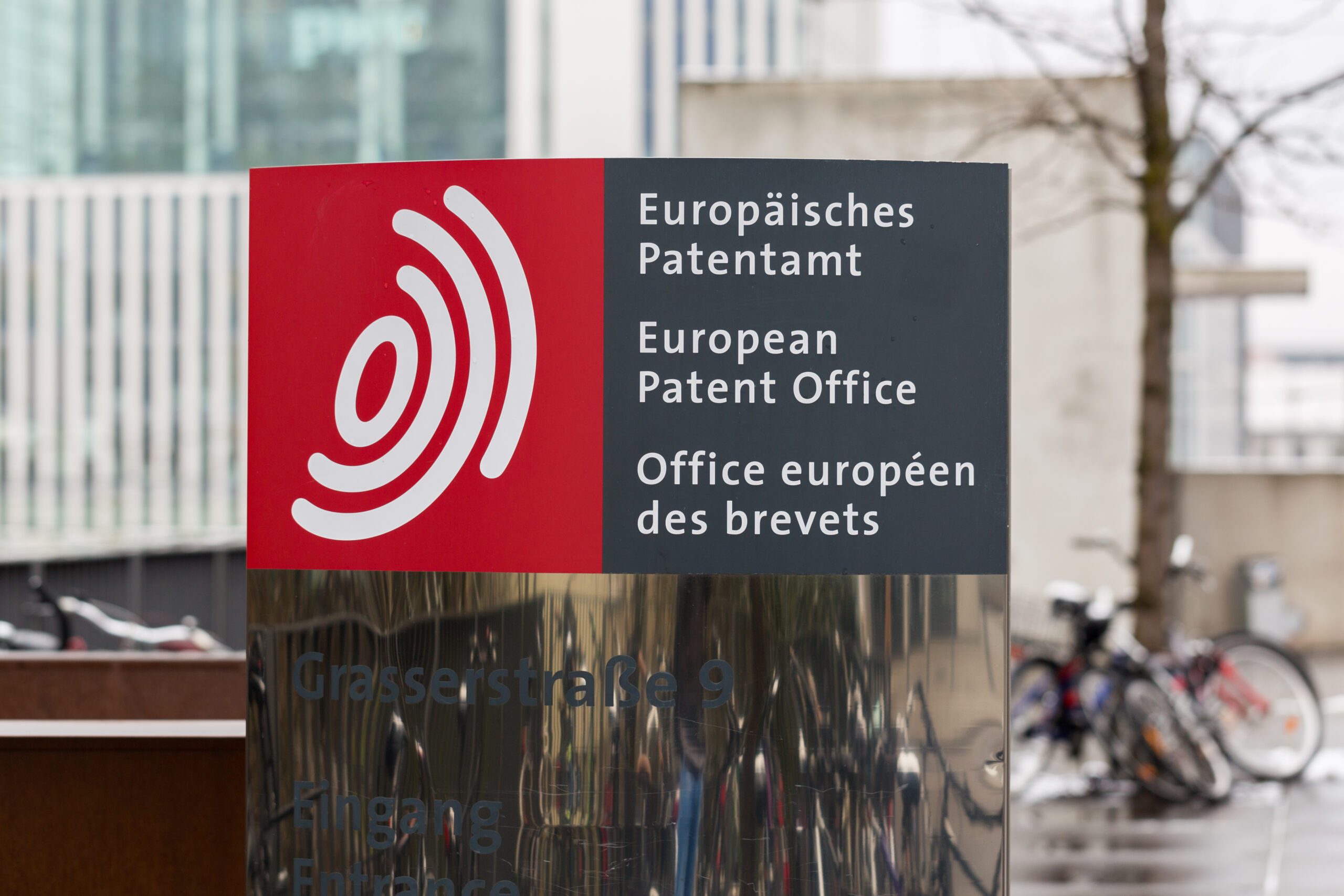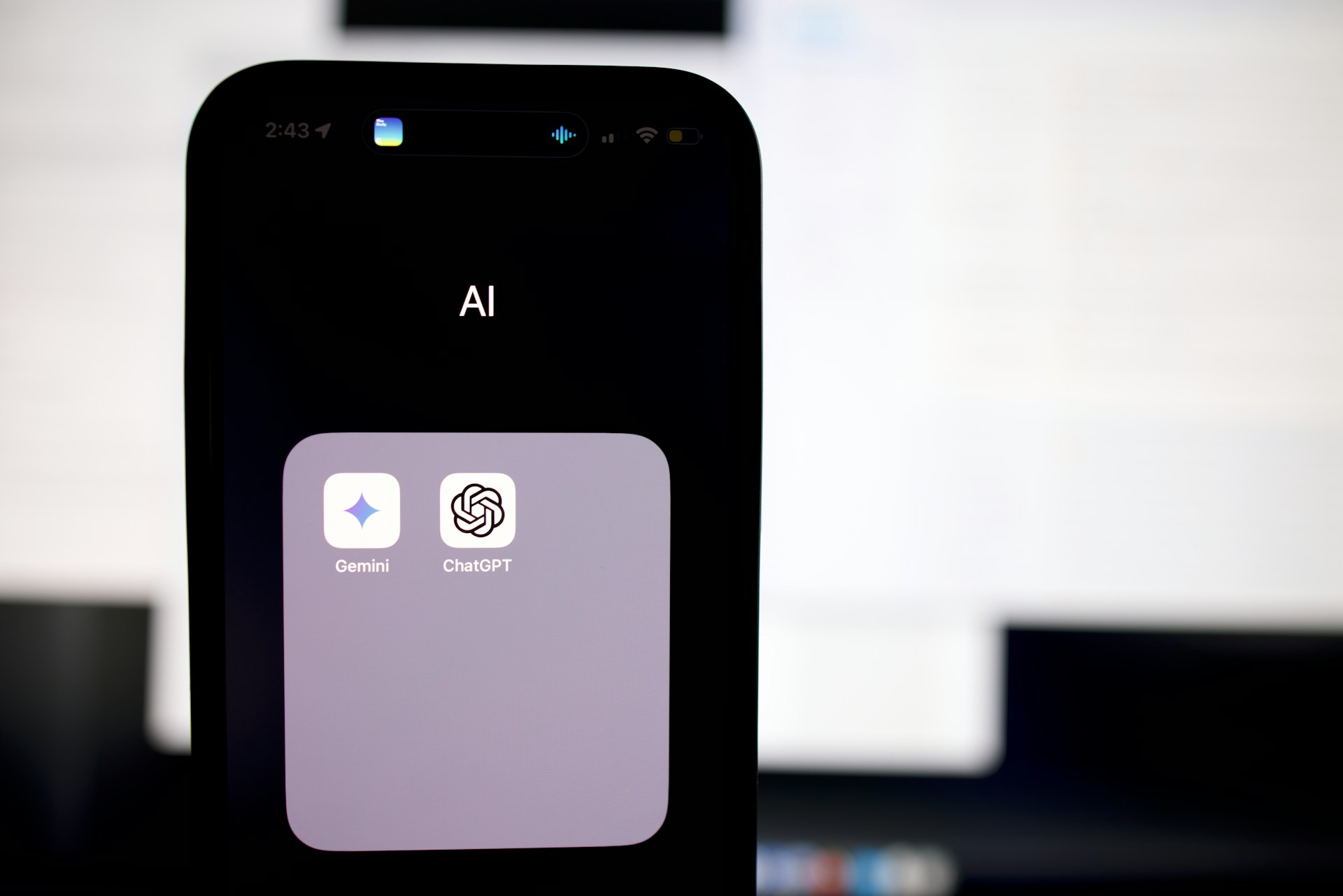
USPTO office actions: the smartest starting point for using AI
If you are new to using AI in patent practice - or still considering it - prosecution is the best workflow to start with. Below we share three reasons why:
Prosecution is the most structured of patent workflows
Drafting may seem the natural fit for LLMs, however it tends to be highly unstructured and open-ended, requiring users to provide extensive context and background information before AI can produce anything useful. Drafting begins from invention disclosures and slide decks that are rarely complete. Attorneys must tease out what is missing from conversations with inventors and translate fragments into independent and dependent claims. Far from being linear, instructions are iterative and uncertain - a poor fit for LLMs which perform best with clearly defined tasks.
Prosecution offers the opposite conditions. Once a USPTO examiner has issued an office action, the scope of the task is fixed: prior art references and rejections are provided by the examiner. The attorney’s task is to evaluate those rejections, identify the strongest grounds for reply, and either amend or argue against the examiner. Responses are much shorter than applications, more structured, and always tied back to defined sources. This makes the work less about discovery and more about precision - exactly the sort of environment where agentic AI can add both speed and quality.
A great side effect of this is file management. For AI agents to handle prosecution tasks, they require direct integration with patent registers. By simply entering the application number, attorneys gain instant access to all data relevant to the patent's prosecution cycle - without needing to manually visit registers or maintain local file folders. Tools such as ClaimWise already integrate with the USPTO and EPO registers, allowing attorneys to bypass low-value document handling and focus exclusively on substantive legal argument.
Missing USPTO filing deadlines has severe consequences
USPTO prosecution deadlines (e.g. 35 U.S.C. 133) are unforgiving, which is exactly why AI can make a difference. A patent application is automatically treated as abandoned if a response to a USPTO office action is not filed within 3-6 months (subject to payment of extension fees). For clients, this can derail patent strategies, weaken their position against competitors and, in some cases, wipe out priority rights linked to earlier filings. The commercial cost can be significant, particularly when patents form the backbone of investment or market entry plans. For attorneys, a missed deadline can trigger claims of professional misconduct and potentially lead to exclusion from practice before the USPTO in all patent, trademark, and non-patent matters.
In practice, firms handling dozens or even hundreds of office actions often budget just three to four hours per case, creating constant pressure to move quickly. With limited budgets and strict USPTO deadlines, attorneys are sometimes pushed into making rapid assumptions that can invite further rejections and amendments, driving up both time and cost for clients.
AI agents can play a crucial role here. They rapidly analyze prior art and case law, test multiple strategies in parallel, and surface higher-quality arguments within the tight timeframes and fixed budgets attorneys face.
The use of public documents eliminates privacy concerns
One of the main objections patent attorneys have to using AI is data privacy. If an attorney were to submit unpublished claims to a large language model, the disclosure could compromise confidentiality and, in the worst case, render the invention unpatentable by constituting prior art. This sometimes makes the use of AI a hard sell to clients - you never quite know what happens if you share unpublished data with LLMs. Yet in the context of prosecution work, this concern largely disappears. Once a patent application is published (18 months after submission), the claims as filed and any subsequent amendments become publicly available. Any subsequently published USPTO office action will therefore deal with non-confidential patent claims, reducing the confidentiality risk. In other words, attorneys do not need to expose sensitive client information to begin drafting a response with AI.
Conclusion
Patent attorneys live in a constant race against time. Office actions arrive, deadlines are set, and every day lost increases risk for both client and counsel. Missing a single filing can erase years of strategic investment or invite negligence claims. Yet inside this high-stakes environment lies an equally powerful opportunity: the chance to channel AI into the one area of patent practice where it can immediately deliver results.
Because prosecution tasks are fixed, repeatable, and anchored in public documents, attorneys can deploy AI agents without fear of breaching confidentiality or training models on sensitive disclosures. Instead, they gain a partner capable of analyzing prior art at scale, surfacing alternative arguments, and managing case files in sync with official registers. In this light, the question is no longer whether AI belongs in patent law, but how quickly firms are prepared to let it absorb the pressure of prosecution work. Those who adopt it first will define a new competitive baseline - those who hesitate will find themselves defending old processes against clients who now know better.
Related Articles
Patent AI that keeps you in the driving seat.
Trusted by patent attorneys at top firms in 15+ countries. Book a 30-minute demo with our experts to see how ClaimWise can assist you.
Book Demo





